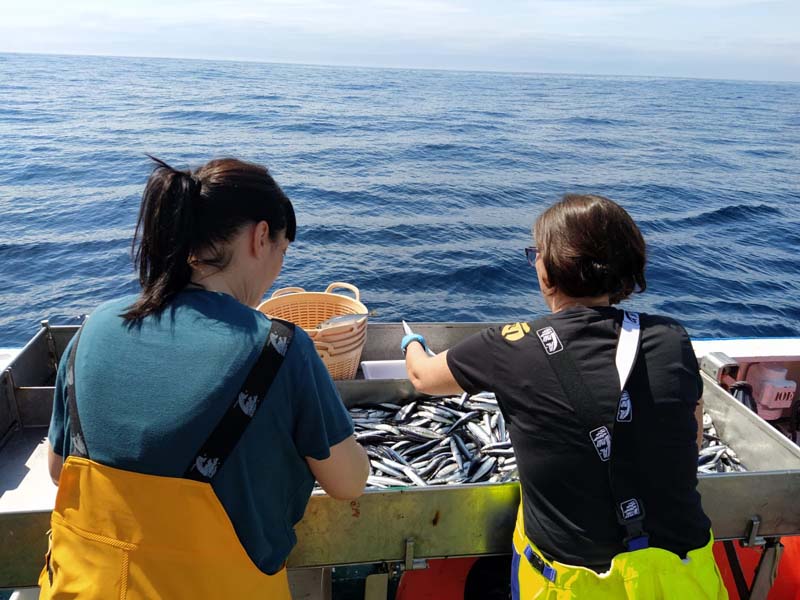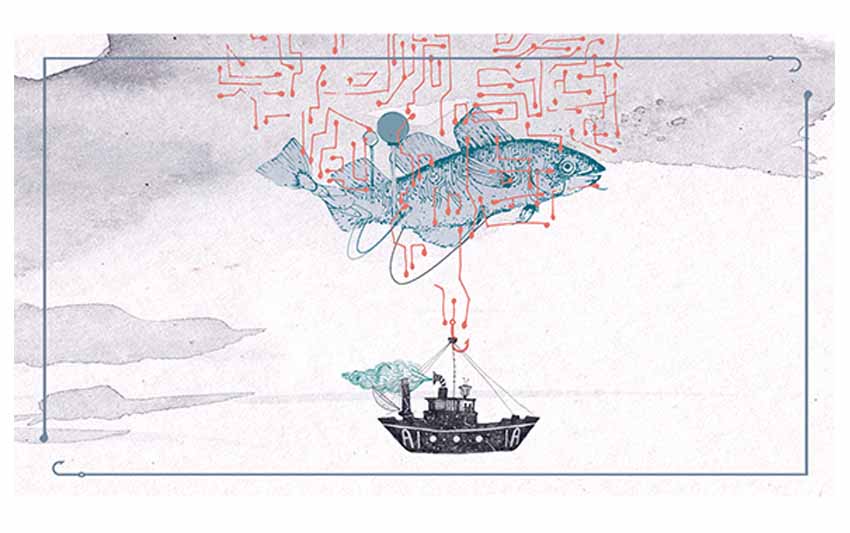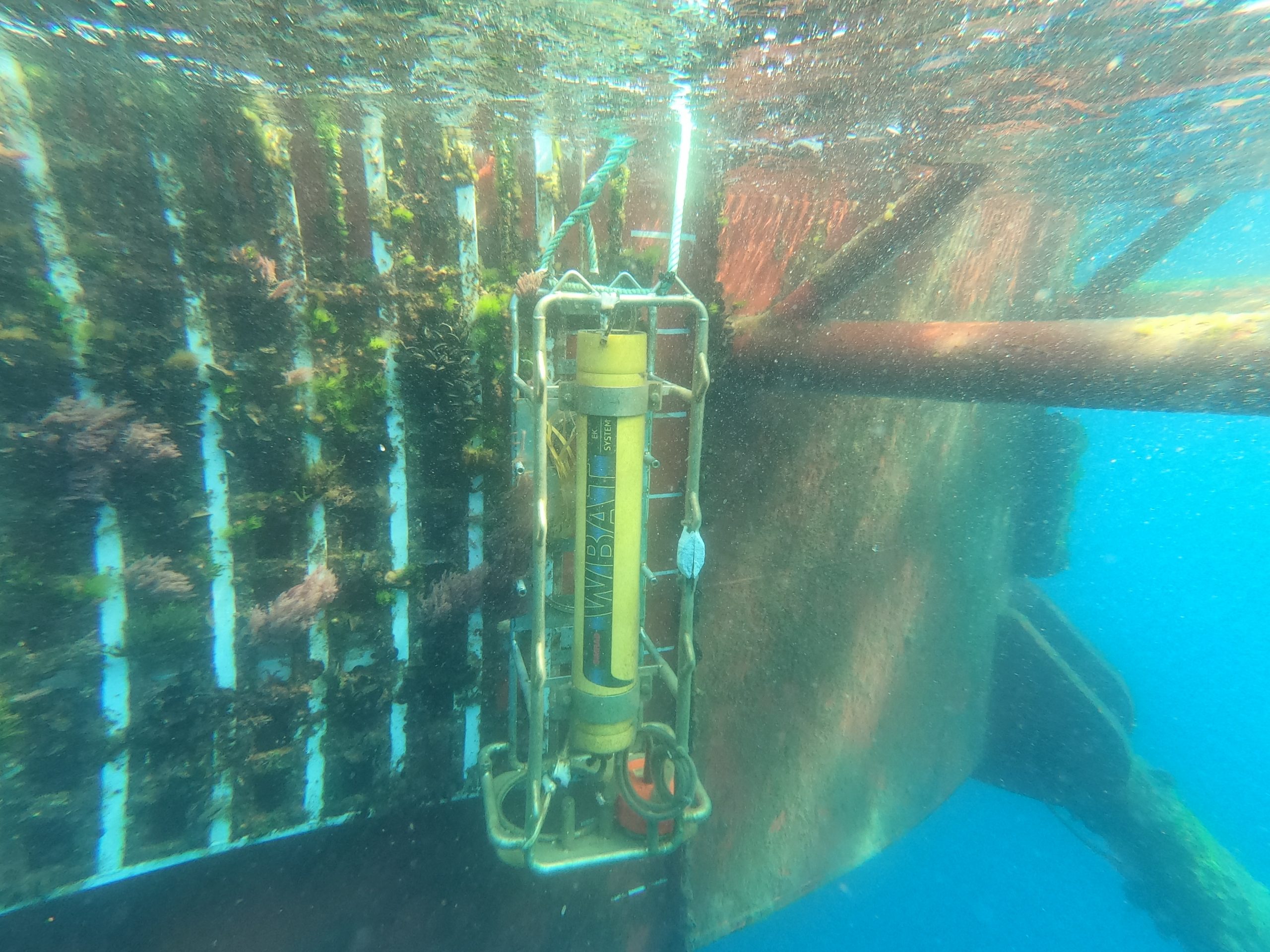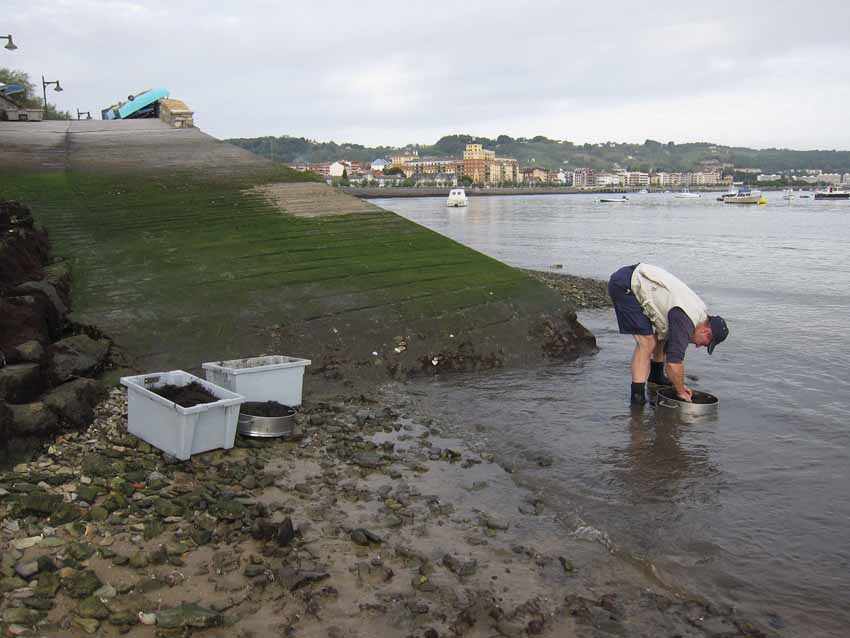The harsh truth will make you cry, but it will also set you free. Some facts about climate change
Últimas noticias
Mediterranean warming transforms fishing catches and income on the Catalan coast
Why include eco-design in the development of novel foods?
Another step towards sustainable fishing: Biodegradable materials in marine environments
Rogelio Pozo, CEO at AZTI
Science does not have all the answers, but the best answers are always in science. The Intergovernmental Panel on Climate Change assesses on an objective, open and transparent basis scientific, technical and socio-economic information relevant to understanding the basis of human-induced climate change risk, its impacts and options for adaptation and mitigation. They are policy-neutral reports, although they must sometimes address factors relevant to the implementation of specific policies.
After millions of data collected and analysed, science concludes that recent changes in climate are widespread, rapid and increasingly intense, and unprecedented in thousands of years. The planet is warming rapidly everywhere. There is no doubt that human action is causing climate change, making extreme weather events, such as heat waves, torrential rains and droughts, more frequent and severe.
The concentration of CO2 in the atmosphere is the highest in at least 2 million years, sea levels are rising at a rate unprecedented in 3000 years, Arctic sea ice area is the lowest in 1000 years and glacier retreat is unprecedented in 2000 years.
The first measurement of atmospheric CO2 by Charles David Keeling in 1958 was approximately 315 parts per million (ppm). Since then, CO2 levels have risen steadily, exceeding 427 ppm today. The ‘Keeling Curve’ has been crucial in demonstrating the impact of fossil fuel use on the increase of CO2 in the atmosphere.
Approximately two million years ago, carbon dioxide (CO2) levels in the atmosphere, measured from Antarctic ice cores, are estimated to be around 250 parts per million (ppm). These levels were considerably lower than today, reflecting a more natural balance in the Earth’s climate before the impact of human activities. The ancient ice cores have been instrumental in understanding how CO2 levels correlate with global temperatures over geological time.
In 1962, the world’s population was approximately 3,123 million people. Today, the world’s population is 8,177 million people. Taking into account birth rates, it is estimated that the peak, close to 10 billion, will be reached in 2064. In addition, the rural population will decrease, while urbanisation and coastalisation will reach 70 %.
Sixty years ago, the average person’s carbon footprint was significantly lower than it is today, due to lower energy consumption, less dependence on fossil fuels, less industrialisation and globalised transport. Per capita emissions were about half or less compared to today’s figures in developed countries.
The ecological footprint of a person today in terms of greenhouse gas emissions varies by country, lifestyle, energy consumption and access to low-carbon technologies. In developed countries, the average citizen emits around 15-20 tonnes of CO2 per year. With a life expectancy of 80 years, this gives a range of between 1,200 and 1,600 tonnes of CO2 over a lifetime. In developing countries, the average carbon footprint can be significantly lower, between 1-5 tonnes of CO2 per person per year.
World per capita income according to the World Bank and the International Monetary Fund is around $12,000 in nominal terms. IMF and OECD studies estimate that per capita income could double by 2050 to around $25,000. Increases in per capita income generally have a significant impact on the ecological footprint, and particularly on greenhouse gas emissions through higher energy consumption, more intensive consumption patterns, increased mobility, private transport and consumption of diets richer in animal products (meat and dairy). It will also lead to further industrial expansion and urbanisation in developing countries, which also contributes to an increase in greenhouse gas emissions.
If we do not change current systems, projections show an increase from 41 Gt/year to more than 60 Gt/year of greenhouse gases, which will be equivalent in 2050 to a concentration of 550 to 600 ppm CO2 in the atmosphere. Global warming will accelerate and we are heading for a 5°C increase in global temperature by the end of the 21st century. Science warns that warming of +1.5º will cause points of no return and feedbacks in the process of change, further accelerating warming and causing the collapse of ice shelves, disappearance of alpine glaciers, rising sea levels, overflow flooding, death of tropical and boreal forests, widespread loss of biodiversity, alterations in ecosystems, new migratory patterns, changes in primary production and new pests.
Production processes, consumption patterns and lifestyles must be reinvented. We are all involved and responsible for this necessary transformation to leave a sustainable planet and ecosystems for future generations. Every tonne of CO2 emissions adds to global warming. It is necessary and urgent to transform exclusively economic value chains into integrated value chains, where consumers are the lever for business and political transformation with our purchasing actions, prioritising other consumption models, responsible and integrated brands with production systems that are sustainable, ethical, respect the environment and protect the human rights of workers.
The climate that we and future generations will experience depends on the choices that are made now, by each of us. The truth of the facts about climate change, as stark as they are, will set you free to decide how to act in your consumption and lifestyle.
This article was originally published in El Correo.







